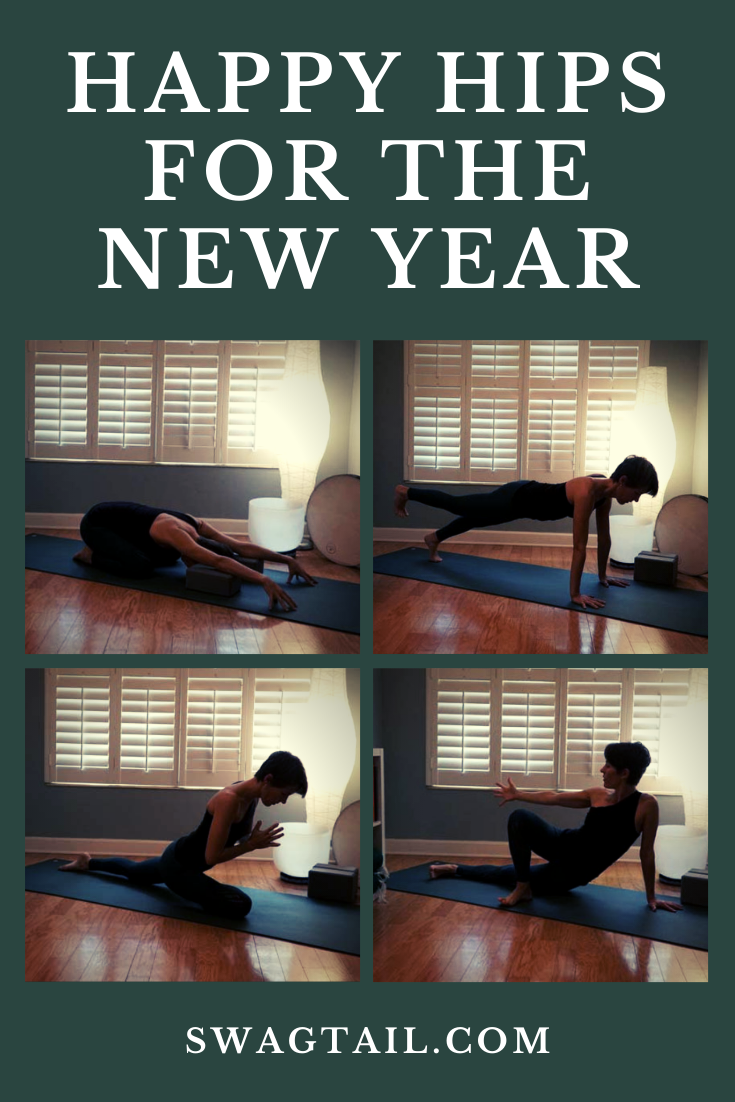
It’s a new year and what better way to ring in the fresh start than with happy hips! This creative flow sequence helps you open the hips. Physically, more prana flows through this region and you’re able to execute the tasks of daily life with more strength and grace. Energetically, you remove unwanted stuck energy and become more receptive to the love and creative ideas all around you now. So what are you waiting for? Get on your mat and get some happy hips!
This sequence was inspired by a recent visit to SoHo Yoga in Hermosa Beach, California. I arrived early, but still barely found a spot in the room crammed with 20 eager yogis. The excitement was palpable in the morning air. It’s as though it was Christmas eve and all of us were thrilled to see what surprises Santa had in store for us.
Natasha Snow, teacher and owner of SoHo, gave us the best give of the season–open and happy hips. And her playful attitude made the challenging sequence fun. I suggest you keep the same light-heartedness both as you practice this sequence yourself and as you guide your students through it. Take this class with me on YouTube, and then get the sequence for yourself.
BEFORE YOU GET STARTED
Props You Need:
- Get two blocks for this practice
- Also, if students have any other props that make their practice more accessible, grab those too.
(1) START IN CHILD’S POSE
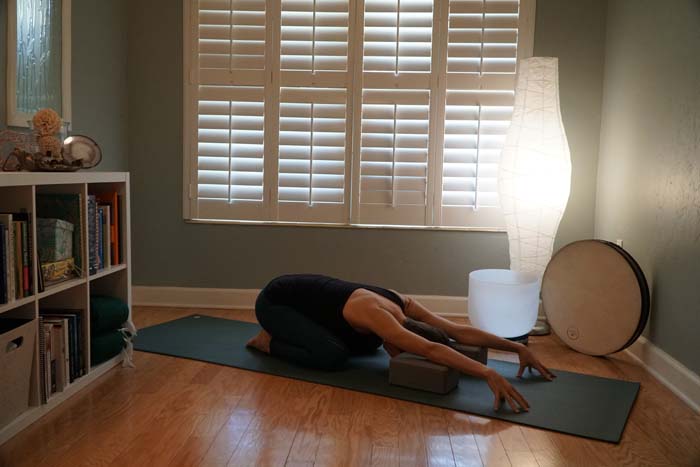 Purpose: The goal here is to start in stillness, turn your attention inward, and set an intention for your practice. Balasana is also a fantastic way to stretch out the hips, thighs, and back body.
Purpose: The goal here is to start in stillness, turn your attention inward, and set an intention for your practice. Balasana is also a fantastic way to stretch out the hips, thighs, and back body.
Length: 3-5 minutes
Additional Notes:
- Place the elbows on blocks (medium height) to add more of a heart-opener here. Ensure the joints are supported by the blocks.
- Melt the heart down toward the ground, and allow the forehead to get heavy. Lean into the power of your body to know what to do throughout your entire practice. Trust this inner wisdom.
(2) PUPPY POSE
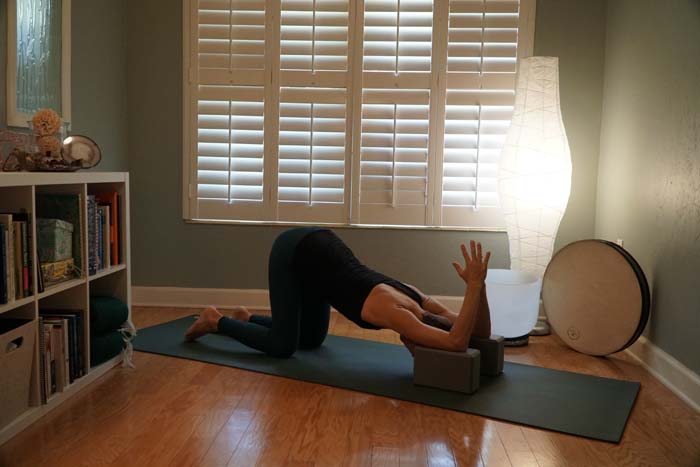 Purpose: While the class will focus on opening up the hips, it’s essential to do so without attachment to the outcome. That’s why we will continue to open the heart throughout practice and surrender to the magic of how the process unfolds for each person.
Purpose: While the class will focus on opening up the hips, it’s essential to do so without attachment to the outcome. That’s why we will continue to open the heart throughout practice and surrender to the magic of how the process unfolds for each person.
Length: 1-3 minutes
Additional Notes:
- You can keep the elbows on blocks to deepen this stretch, and perhaps even bend the elbows to get deeper into the lats.
- Soften the space around the heart, and feel the weight of the hips moving back to traction the spine.
(3) TABLE TOP MOVEMENTS TO DOWN DOG
Purpose: Use organic movements in tabletop to warm up the spine. You can take a straightforward cat/cow, or make circles with the torso. Take this even further and include the hips and make tabletop a full-body invitation for organic movement. Then press to Down Dog to build some heat.
Length: 1-2 minutes in tabletop, then hold Down dog for 1 minute
Additional Notes: This is a great time to remind students that child’s pose is a great resting place during class, and since the class started in this pose, they are familiar with this option.
(4) PLANK POSE
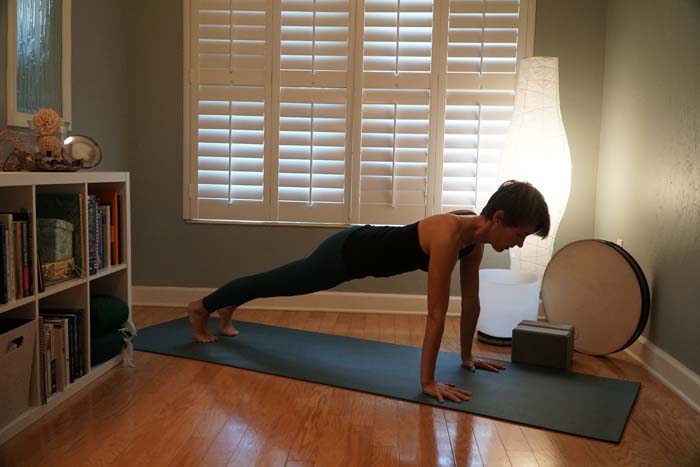 Purpose: The main reason for holding this pose is to build heat in the entire body–quads, glutes, core, and shoulders.
Purpose: The main reason for holding this pose is to build heat in the entire body–quads, glutes, core, and shoulders.
Length: 1 minute
Additional Notes:
- Even with the body working to build heat here, see if the jaw and eyes and entire face can remain soft amidst the heat.
- Drop the knees to make this posture more accessible, if needed.
- Return to Downward facing dog, or child’s pose, for a few rounds of breath before moving on to the next step.
(5) UTTANASANA TO TADASANA
Purpose: Move from strength to length as you fold forward. It’s a perfect transition pose to then get to standing in tadasana as well.
Length: Hold uttanasna for a minute or two
Additional notes: You can invite movement here, or grab opposite elbows. Even a clasp behind the back is a nice option for students who want to open the shoulders/heart yet again.
(6) HALF SUN SALUTES
Purpose: Before you guide your class into unfamiliar territory, build trust with them by starting with something they know. Sun salutations serve this purpose well.
Length: 3 rounds of Half sun salutes
(7) SURYA NAMASKARA C
Purpose: Since this class is focused on creating happy hips, Surya Namaskara C is the perfect way to open this region in a fluid way. Plus, it continues to build heat in the entire body. Click here to see the Sun Salutation C sequence.
Length: 2 full rounds (stepping back with both right and left feet)
Additional Notes: You can decide the pace–fast or slow. Just gauge the capability of your students and guide them safely through these movements.
(8) SURYA NAMASKARA C (WITH ADD-ONS)
Purpose: After setting the tone with the standard version of Surya C, it’s time to add in variety and build more heat in the hips.
Additional Notes: The following poses are a great way to mix things up when stepping back toward the front of the mat. Said another way, move through Urdva Hastasana > Uttanasana > Ardha Utanasana > Anjaneyasana (right foot back) > 8-points touching > cobra > Down Dog … Then move into the following:
8A: Add plank, with knee circles
Lift the right leg. Externally rotate the leg, bring the right knee to the right triceps, then in to the chest, and internally rotate the leg as you return to three-legged plank. Complete 3 circles in this direction. Then do 3 circles in the opposite direction. Then, after those 6 circles total, bring the right knee forward into pigeon.
8B: Active Pigeon
Keep the heart lifted in pigeon, and press down actively through the front right leg and hip to support you. Also engage the core. Keep the hands on the floor for support the entire time. Or, use your inhale to take cactus arms. Exhale and lean forward halfway. Repeat the open heart and forward fold 3 – 5 times. Then, replace your hands on the floor to help yourself back into down dog.
8C: Three-leg down dog > high lunge (hands on blocks) > Pyramid > Lift front heel > Tadasana
In your down dog, you can bend the knee and open the hip if that feels good. Then, step the right foot forward again. Pause with your hands on the blocks in high lunge legs. Take 5 rounds of breath. Next, straighten the front leg for pyramid. After 5 cycles of breath here, flex the front foot, and lift the heel off of the floor. Work those hip flexors!!! Next, move into Warrior 3. Hold for 5 cycles of breath before moving on.
8D: complete on second side. This means you will now step back with the left leg next time, and move through 8A, 8B, and 8C.
(9) LONG FLOW
Purpose: This is the real heat-building sequence of class. It will increase strength, flexibility, and control with the hips through various movements. And you’ll move all around the hip region–hip flexors, external rotators, adductors, hamstrings–you name it! Just be sure to remind your students often to move from their center, engaging the core to give them extra stability as they move.
Additional Notes:
- Based on the above poses, your students will be in Tadasana.
- You can simply step the left foot back to start this pose (and minimize the transitions needed).
- Or, you can start the same way as above (the first half of surya namaskara C) before stepping the right foot forward to start the flow.
- I do all four of the sequences (9A – 9D) in order before moving to the second side. Yet, if you want to take breaks in between, you can do so.
- Hold the following poses for 5 rounds of breath each!
9A: Crescent > twist > drop hip > side plank > standing splits > warrior 3
9B: Ankles crossed in uttanasana > uttanasana > twist > utkatasana twist > standing twist > horse stance
Additional note: To increase the heat for your happy hips, stay in horse stance for 10 rounds of breath. You can add a twist here, or fold halfway.
9C: Crescent twist > wide arm cobra > rest > shalambhasana > sphinx > cobra with bent knees
Note: Pause in between each sequence on the floor here. Alternate the direction in which the head turns.
9D: Plank > 3-leg Down Dog > pigeon (half fold) > Down Dog with Fig-4 legs > Uttanasana > Tadanasana
Additional Notes:
- Hold plank for 5 rounds of breath to neutralize the spine. You can pause in tabletop as well. Just make sure the spine is neutral.
- The pigeon variation here is active, with the torso leaning halfway forward.
- The picture is hard to see here, but my right leg is in figure 4 in down dog here.
- You end in Tadasana, which is the perfect place from which to begin this entire flow again. Just make sure to pause here to see the spaciousness you have created in the hips.
9E: Repeat the entire sequence on the second side.
(10) START TO COOL DOWN
Purpose: It’s time to slow down the body and move it toward stillness again. This series from Malasana to Upavista Konasana will do just that. And it will passively open the hips in these longer-held postures.
Length: Hold Malasaana 1-2 minutes, Upavista Konasana 3 minutes, and then fold over each leg 2-3 minutes each side.
Additional Notes:
- Students have blocks, so utilize them here to bring the floor to them (under the bum in Malasana or supporting the forehead when folding forward)
(11) BRIDGE POSE
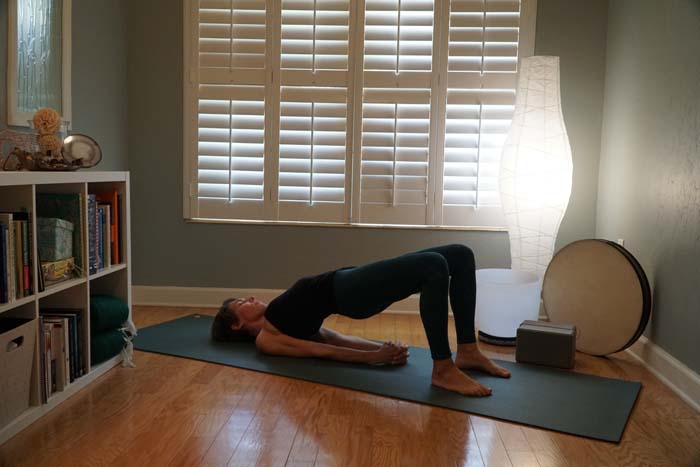 Purpose: We’ll open the front of the hips once again in bridge pose. It’s also an active pose in which you can soften around the hamstrings and glutes while still staying in the pose. Essentially, you want to start to lessen the amount of effort you put into each posture from here forward to let the prepare for a full rest.
Purpose: We’ll open the front of the hips once again in bridge pose. It’s also an active pose in which you can soften around the hamstrings and glutes while still staying in the pose. Essentially, you want to start to lessen the amount of effort you put into each posture from here forward to let the prepare for a full rest.
Length: take 2-3 rounds of bridge (or wheel). Hold each round for 5 cycles of breath.
Additional Notes: Place a block under the hips if students are tired and want to take a restorative version of the posture.
(12) SPINAL TWIST
Purpose: Wring out the spine and any tension that may have accumulated in this practice with this last spinal twist. Any leg variation will do, and you have blocks close by so you can place them under the knees for added support. Just ensure your shoulders can remain relaxed and dropping toward the floor here effortlessly.
Length: 1-2 minutes each side.
(13) SUPPORTED SUPTA BADDHA KONASANA
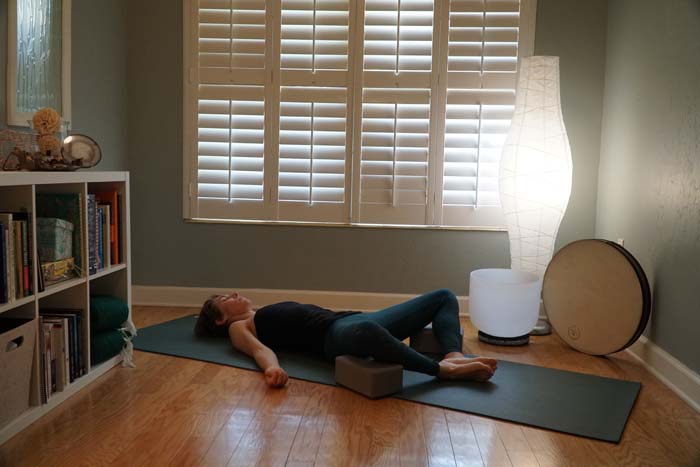 Purpose: Ease into your savasana prematurely with this reclined bound angle pose. Place the blocks under the knees at whatever height is necessary to make this posture comfortable. It’s also a very receptive pose, one in which the space created in your hips can open up to new information from your mind and heart.
Purpose: Ease into your savasana prematurely with this reclined bound angle pose. Place the blocks under the knees at whatever height is necessary to make this posture comfortable. It’s also a very receptive pose, one in which the space created in your hips can open up to new information from your mind and heart.
Length: 2-3 minutes.
STAY HERE OR EXTEND THE LEGS FOR SAVASANA!!
Remain in your final resting pose for 5-7 minutes before coming back to a seat to end your class with meaning.
PUTTING IT TOGETHER
To get open, happy hips, you often have to build heat in the area first. This class does this in spades, and has a fun, fluid pace to it! Plus, the sequencing is creative and keeps you on your toes. Stay present in the process. Have fun with it (both on your own mat, and as you guide your students into the new year with happy hips!
Take Action Now:
- Print the one-page overview of this sequence.
- Take this class with me in this guided video, and internalize the steps outlined above.
- Share it with your students!! They’ll thank you for the freedom they feel in their body and mind as a result.


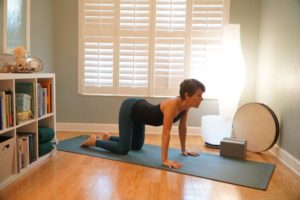
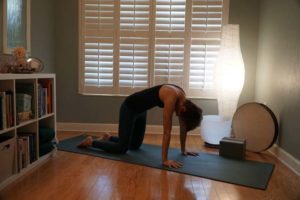
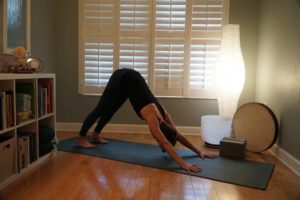
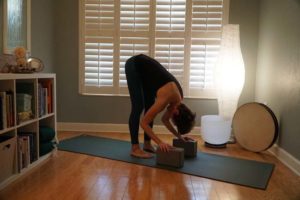
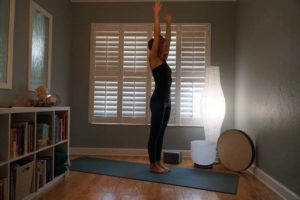
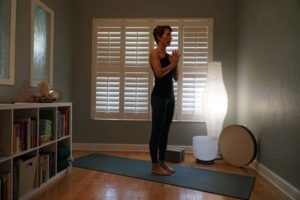
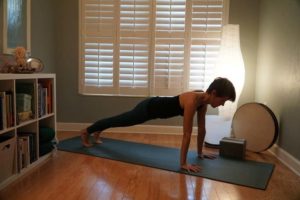
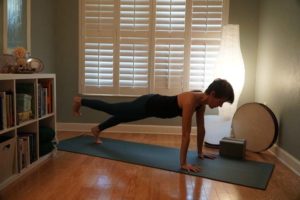
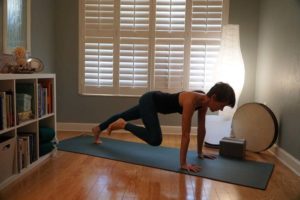
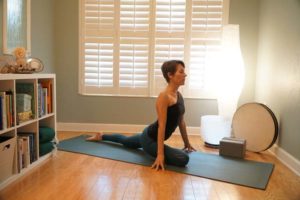
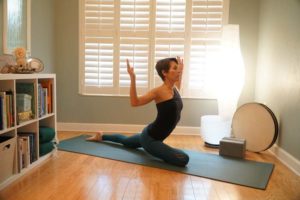
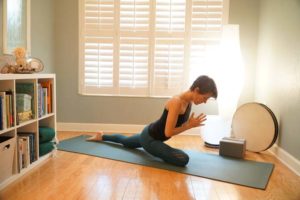
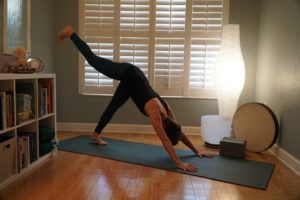
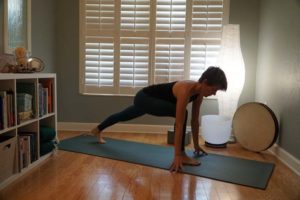
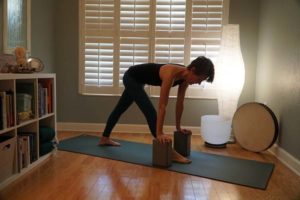
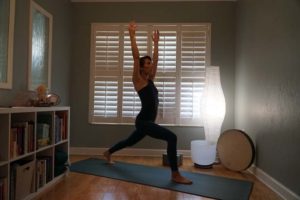
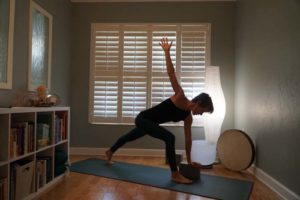
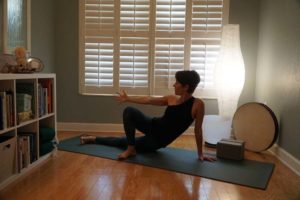
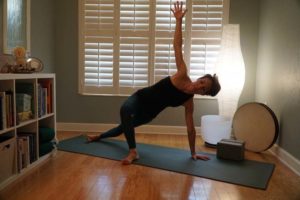
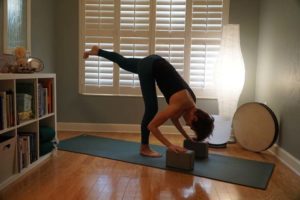
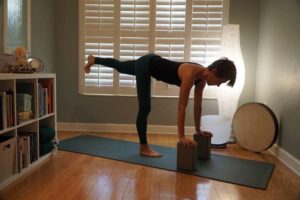
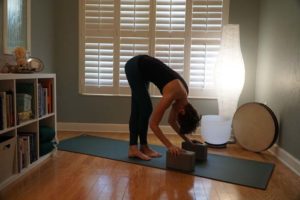
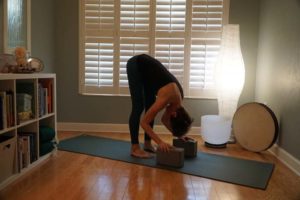
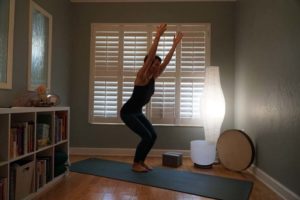
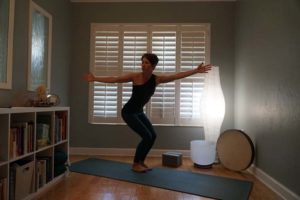
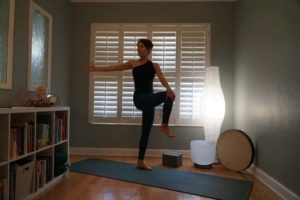
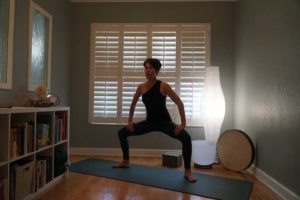
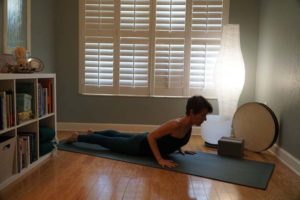
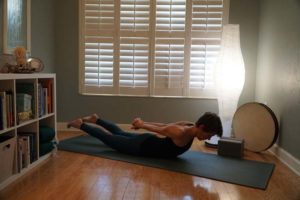
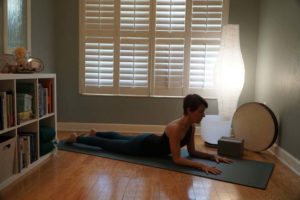
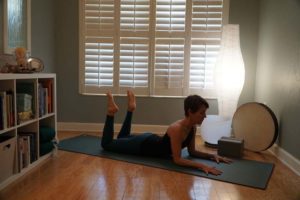
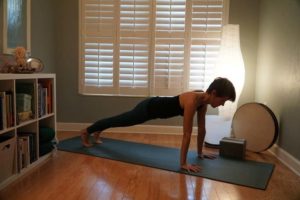
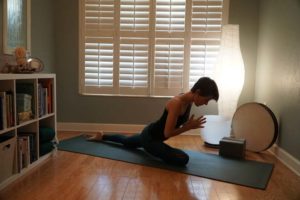
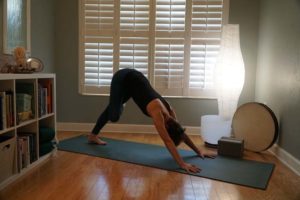
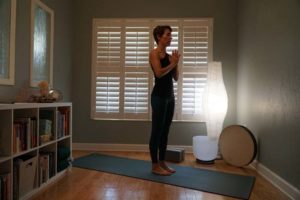
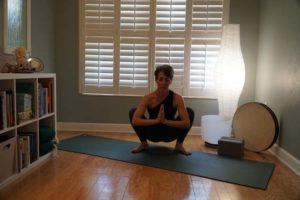
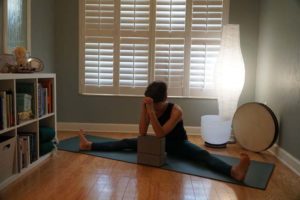
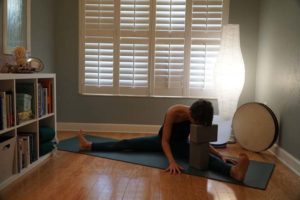
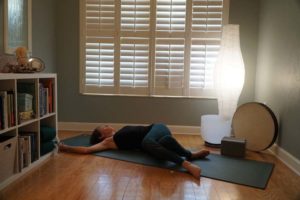
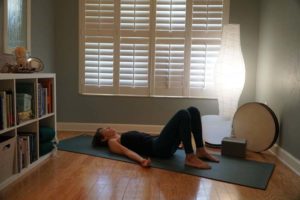
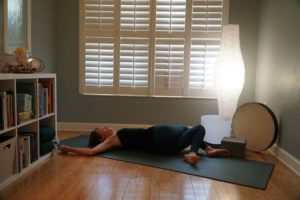

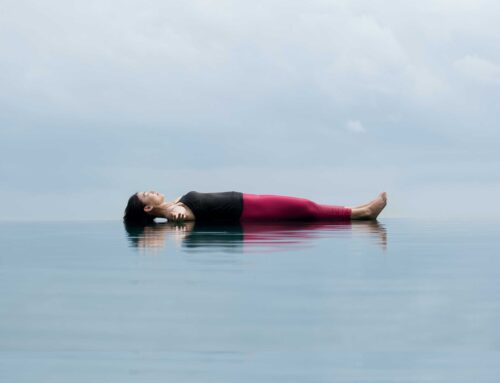

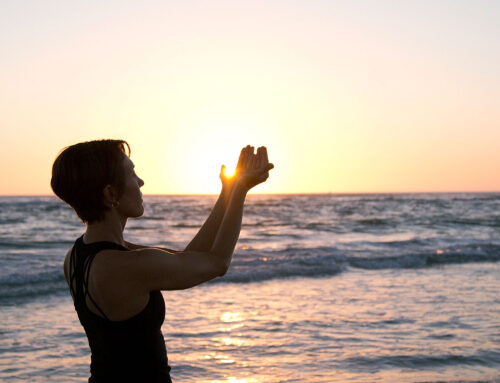
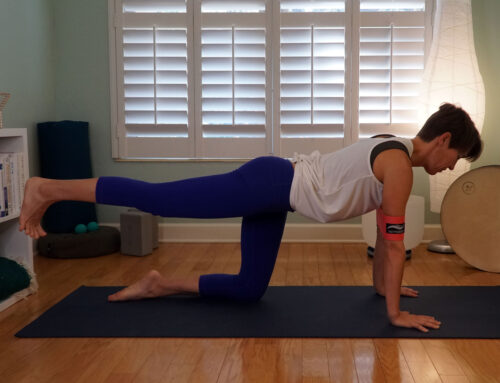
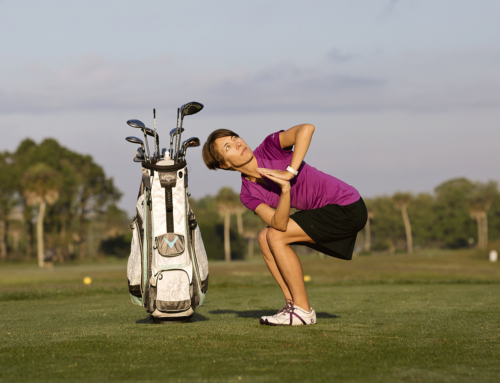
Thank you so for you inspiration I am a new yoga teacher and this so helps to keep me motivated Namaste
Hi Hazel, Thank YOU for your kind words! I’m so glad you are enjoying this sequence.
Please let me know if there are any other ways I can support you on your journey as a yoga teacher! Congrats on your certification!
A lovely sequence. Thank you x
Hi Em, I so appreciate your feedback on the sequence!
Enjoy!